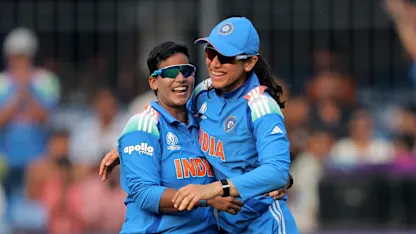Australians still betting big on Melbourne Cup, despite many saying they’re losing interest in race

Australians say they are losing interest in the Melbourne Cup and the animal welfare campaign against it has never wavered, but the amount of money gambled on the race has barely changed since the pandemic.Wagering turnover on the Melbourne Cup has fallen only slightly from the $221m recorded in 2020 to $214m last year. The five-year average spend, according to Racing Victoria figures, remains $220m.The amount of money being gambled on horse racing in Australia overall has fallen sharply, however, presenting a challenge to the long-term sustainability of the industry.In Victoria, the amount of money gambled on horse racing fell by 10.2% last financial year. This followed a 4% drop a year earlier. Wagering turnover dropped from $9.1bn in 2022 to $7.9bn last financial year, according to Racing Victoria.Rather than blaming declining interest, Racing Victoria has cited cost-of-living pressures, higher interest rates, a trend towards gambling on other sports, a “reduction in advertising and customer promotions” and more regulation.Similar declines have been reported in New South Wales, where wagering revenue has dropped by 9.6% in two years. In 2023, Racing NSW reported gambling turnover of $335m. Last year, it dropped to $302m.Sign up: AU Breaking News emailBut the Melbourne Cup continues to encourage gambling from people who have little if any interest in horse racing beyond the day.Charles Livingstone, a gambling researcher at Monash University, said the cup was “an event for people who don’t know anything about horses” and a money-spinner for bookmakers.“This is like the grand final – it’s a great marketing opportunity,” Livingstone said. “It gives the gambling companies an opportunity to persuade people who wouldn’t usually bet to download their app.”“If you’re a young bloke who downloads it for the cup, they’ll probably understand you like sport and start giving you incentives to gamble on the AFL, cricket and tennis.”Racing Victoria and Racing NSW have blamed a decline in overall revenue on bookmakers offering fewer “free bet” promotions. The tactic was condemned by a parliamentary inquiry into gambling harm more than two years ago.In Victoria, the number of “free bets” offered on horse racing fell by almost 10% between July and November last year. This reduced the amount of money wagered on free bets from $184.6m to $166.7m.Despite this, the margins of bookmakers increased last year from 14.2% to 15.4%. Racing Victoria attributed this to fewer favourites winning.“We were fortunate to have benefitted from stronger than average wagering operator gross margins, which drove strong race fields product fee income and offset the turnover decline,” Racing Victoria’s chief executive, Aaron Morrison, said in the group’s latest annual report.Product fee income refers to the share of money Racing Victoria receives from bets placed on the sport.In August, the Dublin-based gambling giant Flutter said Australia “continues to experience a softer racing market, which is expected to continue in the near term”. The company’s financial report said the broader sports market – including AFL and NRL – had shown “continued growth”.Flutter’s statement to the US Securities and Exchange Commission said Sportsbet had reduced the money it spent on promotional offers, but made them more targeted. It referred to the change as “optimised generosity”.Gambling giant Entain also reported “continuing softness in the underlying market” in Australia, where its subsidiary brands Neds and Ladbrokes reported a 7% drop in growth during six months to June 2025.Racing bodies have invested significant time and money into appealing to a younger audience to revitalise spring carnivals. This has included partnerships with live music festivals – including the promoter Live Nation APAC.














